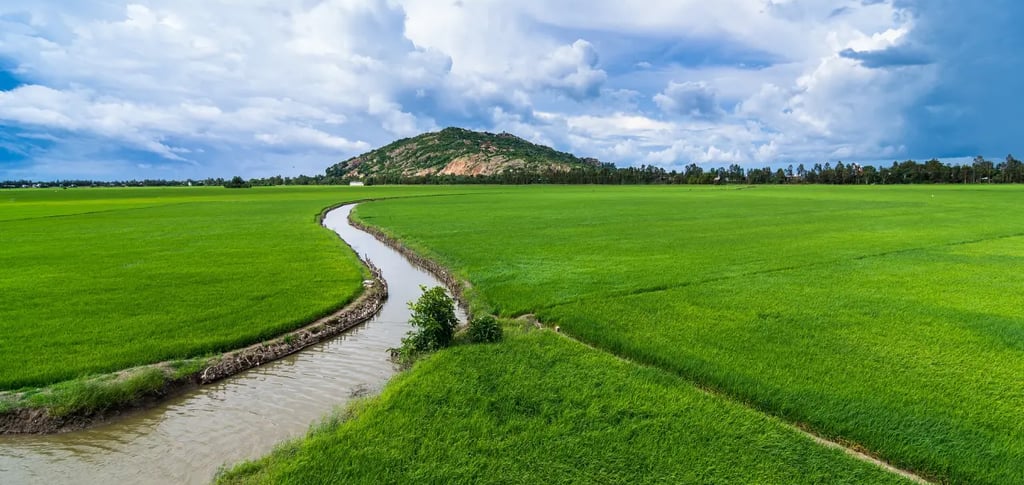Traditional Irrigation: Italy’s Flowing Threads of Life
In Italy’s fields and villages, ancient canals still carry more than water — they channel centuries of skill, cooperation, and respect for the land.
LOCAL STORIES&CULTURE


In certain Italian landscapes, the sound of running water isn’t just a natural feature — it’s the heartbeat of community life. Irrigazione tradizionale refers to ancient, cooperative systems of managing and distributing water, ensuring fields stay fertile and villages thrive.
The Story:
Centuries prior to the advent of modern pumps and pipelines, rural societies invented remarkable techniques for exploiting rivers, springs, and glacier melt. Stone or earth channels, wood gates, and timely rotation permitted the movement of water from origin to farm. These systems — such as the rogge in Lombardy, the canali in Emilia, or the bealere in Piedmont — were kept in use by manual labor, frequently by family groups assigned to a stretch of the waterway. Experience of when and where to turn the water, of how to mend the works, and of when and where to turn it back for everybody's use came with the generations and by the light of local practice and conventions.
Cultural Significance:
Recognized by UNESCO in 2023, ancient irrigation is not merely an agricultural practice but a social one as well. It encompasses deep respect for natural resources, social obligation, and the feel of the pulse of the land. Traditional systems not only fed the crops but shaped the cultural landscape — creating the wetlands, cultivating the orchards, and feeding the biodiversity.
Traces Today:
In many rural areas, the old canals still run alongside modern systems. Festivals mark the annual cleaning of the waterways, a task once done entirely by hand and now celebrated as a link to the past. Visitors can follow walking paths along these channels, seeing how water still flows to rice paddies, vineyards, and gardens much as it did centuries ago.
Conclusion:
Traditional irrigation is water made into heritage — a witness to the power of people, collectively, to turn a natural resource into the seedbed for generations of life and of harvest.
